The History of Robotics and Automation: A Comprehensive Timeline

The history of robotics and automation is a fascinating journey that has shaped the world we live in today. This comprehensive timeline will guide you through the groundbreaking milestones in the development of robotics and automation, with a special focus on FANUC, one of the industry’s leading pioneers.
The Early Beginnings
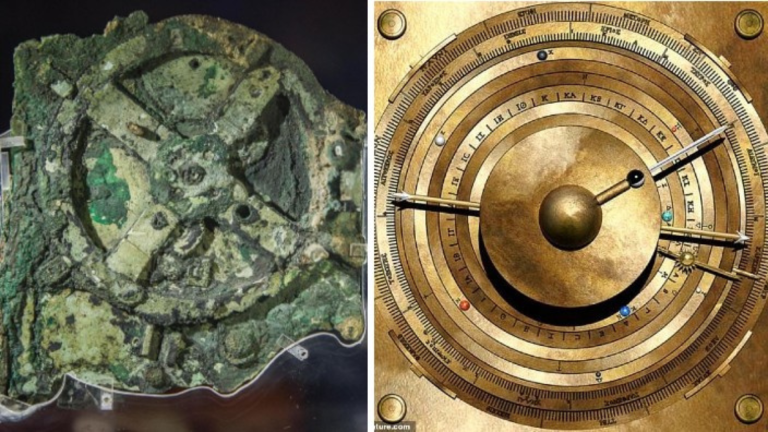
The roots of robotics and automation can be traced back to ancient civilizations, where inventors and engineers created intricate automatons and mechanical devices. One notable example is the Antikythera mechanism, an ancient Greek analog computer and orrery that was used to predict astronomical positions and eclipses. This remarkable device, dating back to the 2nd century BCE, demonstrates an early fascination with automation and engineering.
In the 13th century, Leonardo da Vinci contributed significantly to the field by designing various automated machines, including a mechanical knight capable of performing simple movements. This early robot, dubbed “Leonardo’s Robot,” laid the groundwork for future developments in robotics.
The Industrial Revolution: Automation in Manufacturing
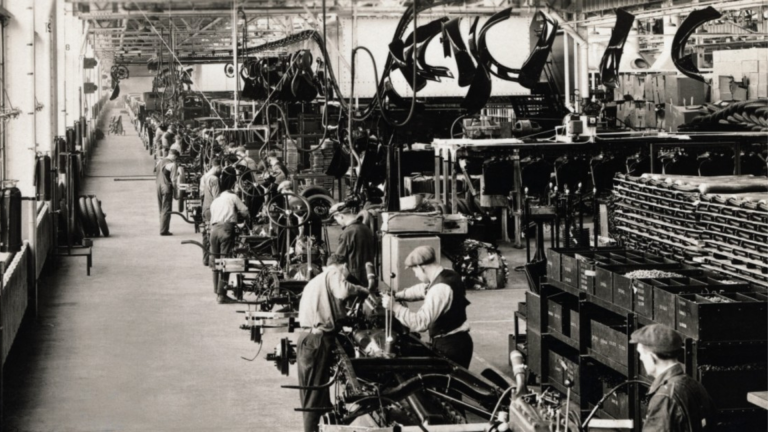
The Industrial Revolution in the 18th and 19th centuries saw a significant leap in automation technology, as industries increasingly relied on machines to perform tasks previously done by human labor. The invention of the steam engine by James Watt, for instance, revolutionized manufacturing processes and enabled the creation of large-scale factories.
Another pivotal invention from this era was the Jacquard loom, developed by Joseph Marie Jacquard in 1804. This automated loom used punch cards to control the weaving pattern and is often considered a precursor to modern computer programming.
1940s-1950s: The Birth of Modern Robotics
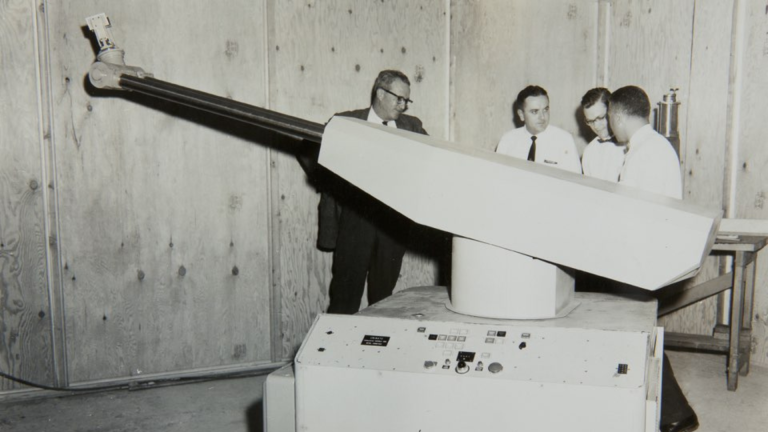
The 1940s and 1950s saw significant advancements in robotics and automation. In 1948, William Grey Walter developed the first electronic autonomous robots, which were simple tortoise-shaped machines that could respond to light and touch. In 1954, George Devol invented the first programmable robotic arm, the Unimate, which marked a turning point in the history of robotics and automation.
1960s: FANUC and the Rapid Growth of Automation
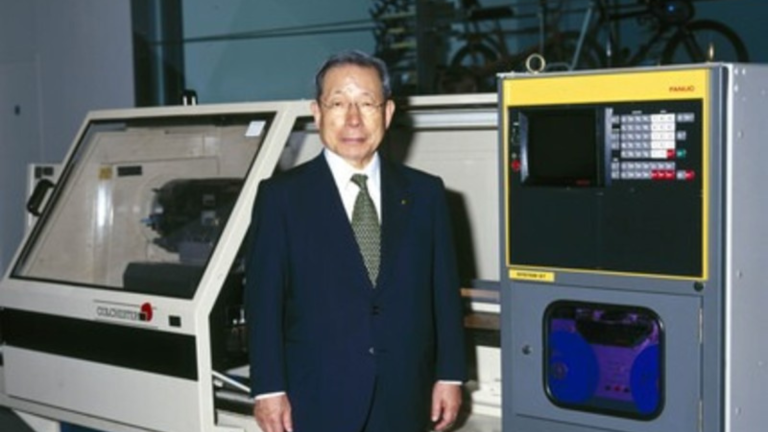
In the 1960s, the robotics and automation industry began to flourish, largely due to the contributions of FANUC. Founded in 1956 by Dr. Seiuemon Inaba, FANUC has been a driving force in the field ever since. They developed the first numerical control (NC) system for machine tools in 1958 and went on to pioneer the development of computer numerical control (CNC) systems. FANUC’s groundbreaking work transformed the manufacturing industry and set the stage for the future of robotics and automation.
1970s: Industrial Robots and FANUC’s Expansion

The 1970s saw the rise of industrial robots, with FANUC leading the charge. In 1974, they introduced the first electric servo-driven robot, the FANUC Model 1. This innovation allowed for more precise and energy-efficient robotic movements, improving overall efficiency and productivity in manufacturing processes.
In the same decade, FANUC expanded globally, establishing a presence in Europe and the United States. The company’s commitment to research and development paved the way for numerous advancements in the history of robotics and automation.
1980s: Robotic Vision and FANUC’s Continued Innovation
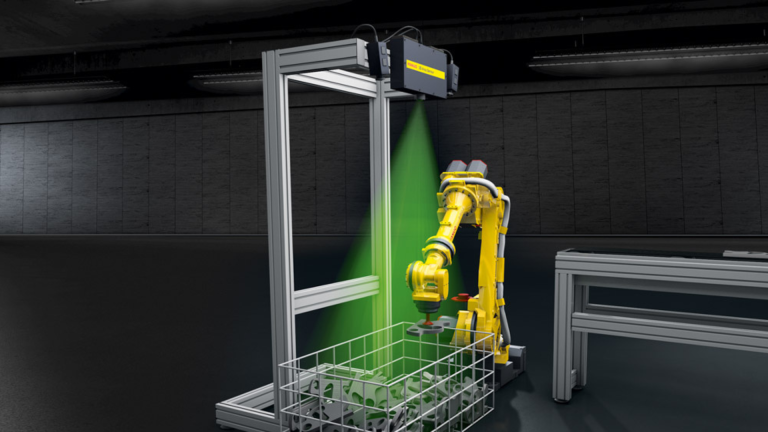
The 1980s brought robotic vision into the spotlight, enabling robots to “see” and interact with their environment. FANUC continued to innovate, launching the world’s first robot equipped with an integrated vision system in 1983. This development allowed robots to perform tasks that were previously impossible, such as identifying and sorting objects.
1990s: Collaborative Robots and FANUC’s Legacy
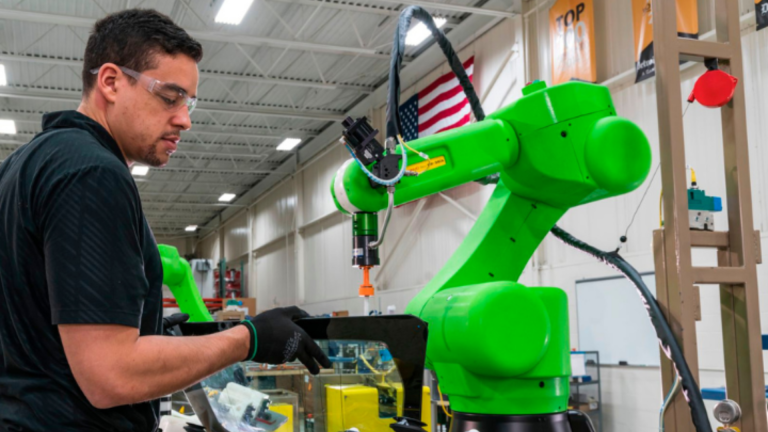
The 1990s marked the emergence of collaborative robots, designed to work safely alongside humans in various industries. FANUC played a significant role in this development, introducing the first intelligent robot with a force sensor in 1991. This breakthrough allowed for more delicate and precise handling of materials, opening up new opportunities for robotics and automation.
21st Century: FANUC’s Advancements and
the Future of Robotics and Automation

As we entered the 21st century, the history of robotics and automation continued to evolve with FANUC at the forefront. In 2002, FANUC introduced the world’s first intelligent robot with an integrated force torque sensor, the FANUC LR Mate 200iC, which further enhanced the capabilities of collaborative robots.
In recent years, FANUC has expanded its portfolio to include advanced AI technologies and the development of the Industrial Internet of Things (IIoT), further solidifying its position as a leader in the robotics and automation industry.
The future of robotics and automation promises continued innovation and growth, with FANUC poised to play a central role. Emerging technologies such as 5G, machine learning, and AI-driven decision-making will contribute to the development of smarter, more adaptable robots that can seamlessly integrate into various industries.
FANUC and the Ever-Evolving
History of Robotics and Automation
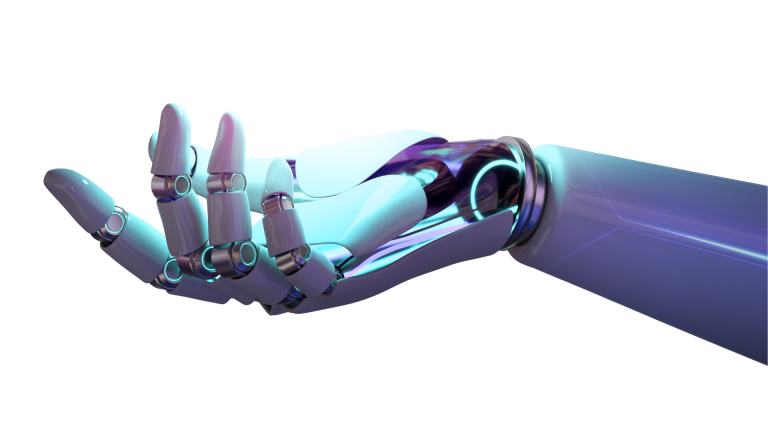
The history of robotics and automation is a testament to human ingenuity and the relentless pursuit of technological advancement. FANUC has been a key player in this journey, leading the charge with innovations that have revolutionized manufacturing, logistics, and various other industries. As we look ahead to the future of robotics and automation, FANUC’s legacy serves as a reminder that our ability to innovate and adapt is truly limitless.
Want only the best automation installed in your facility? Fill out the form below to receive a free consultation from our team of automation experts! As a FANUC Authorized System Integrator, we install only the highest quality automation into our customer’s manufacturing and stay on the cutting edge of industrial automation. Act now and take the first step towards a more automated, efficient, and competitive future!




